The David Macbeth Moir statue stands by the stone bridge over the Esk, looking down High Street. The monument was erected in 1853, shortly after the death of the man who had served Musselburgh throughout his life as a ‘friend and doctor’. Charles Dickens was one of the many subscribers who paid for the memorial to this ‘much-loved citizen’. Doctor Moir was also a well known author in his day, writing several bestsellers.
An illustration of David Macbeth Moir.
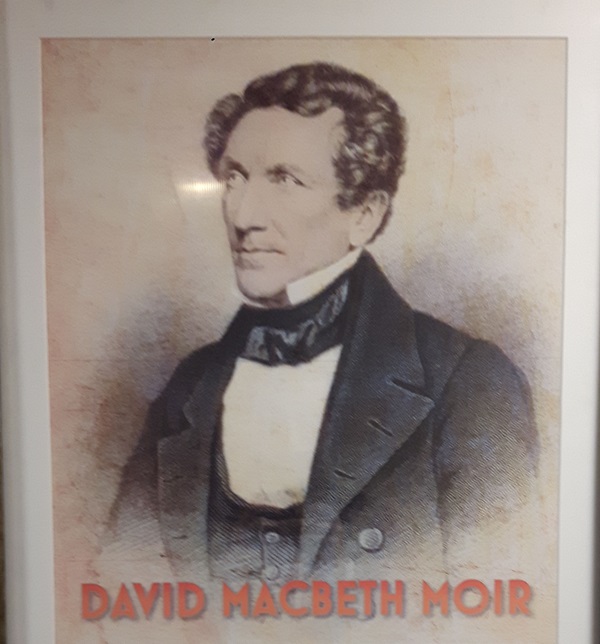
A photograph of the old Hayweights cinema.
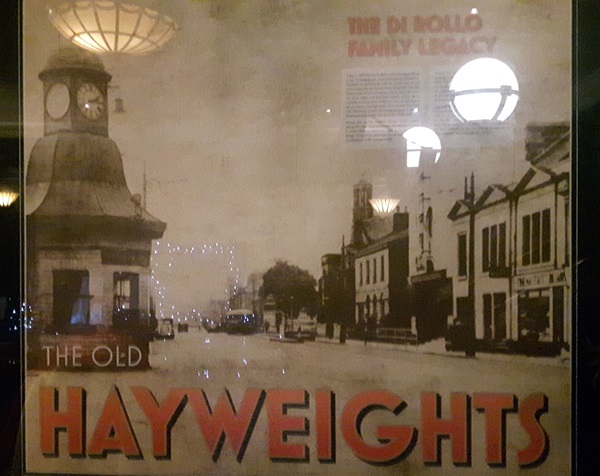
A photograph and text about the Fisherrow fishwives.
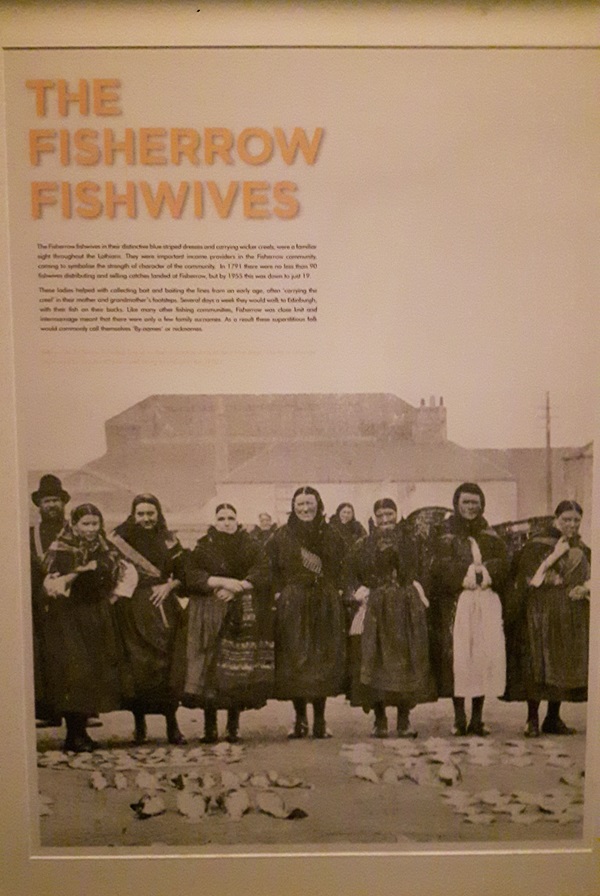
The text reads: The Fisherrow fishwives in their distinctive blue striped dresses and carrying wicker creels were a familiar sight throughout the Lothians. They were important income providers in the Fisherrow community, coming to symbolise the strength of character of the community. In 1791 there were no less than 90 fisherwives distributing and selling catches landing at Fisherrow, but by 1955 this was down to just 19.
These ladies helped with collecting bait and baiting the lines from an early age, often ‘carrying the creel’ in their mother and grandmother’s footsteps. Several days a week they would walk to Edinburgh, with their fish on their backs. Like many other fishing communities, Fisherrow was close knit and intermarriage meant that there were only a few family surnames. As a result these superstitious folk would commonly call themselves ‘by-names’ or nicknames.
A photograph and text about Paul Clauss.
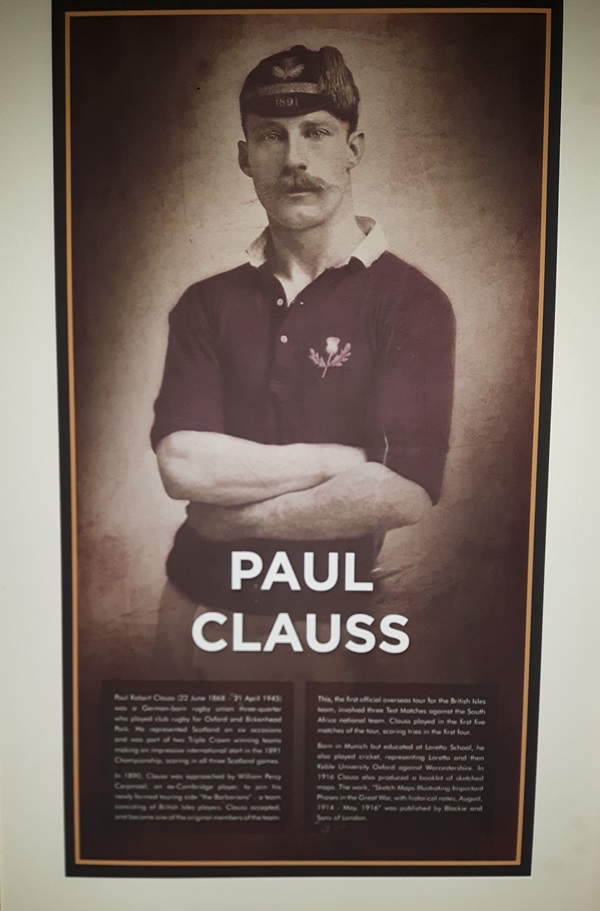
The text reads: Paul Robert Clauss (22 June 1868 – 21 April 1945) was a German born rugby union three-quarter who played club rugby for Oxford and Birkenhead Park. He represented Scotland on six occasions and was part of two Triple Crown winning teams making an impressive international start in the 1891 championship, scoring in all three Scotland games.
In 1890, Clauss was approached by William Percy Carpmael, an ex-Cambridge player, to join his newly formed touring side ‘the Barbarians’ – a team consisting of British Isles players. Clauss accepted, and became one of the original members of the team.
This, the first official overseas tour for the British Isles team, involved three Test Matches against the South Africa team. Clauss played in the first five matches of the tour, scoring tries in the first four.
Born in Munich but educated at Loretto School, he also played cricket, representing Loretto and then Keble University Oxford against Worcestershire. In 1916 Clauss also produced a booklet of sketched maps. The work, ‘Sketch Maps Illustrating Important Phases in the Great War, with historical notes, August 1914 – May 1916’, was published by Blackie and Sons of London.
External photograph of the building – main entrance.
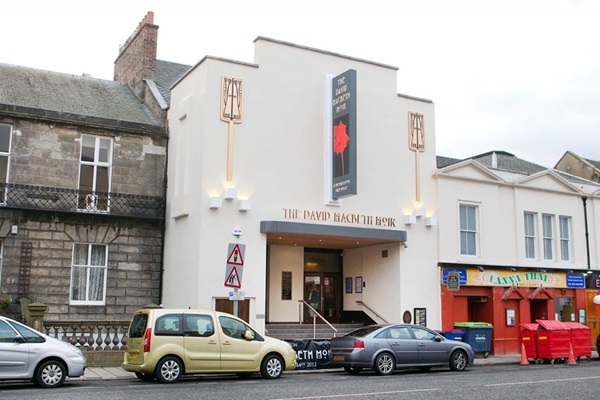
If you have information on the history of this pub, then we’d like you to share it with us. Please e-mail all information to: pubhistories@jdwetherspoon.co.uk